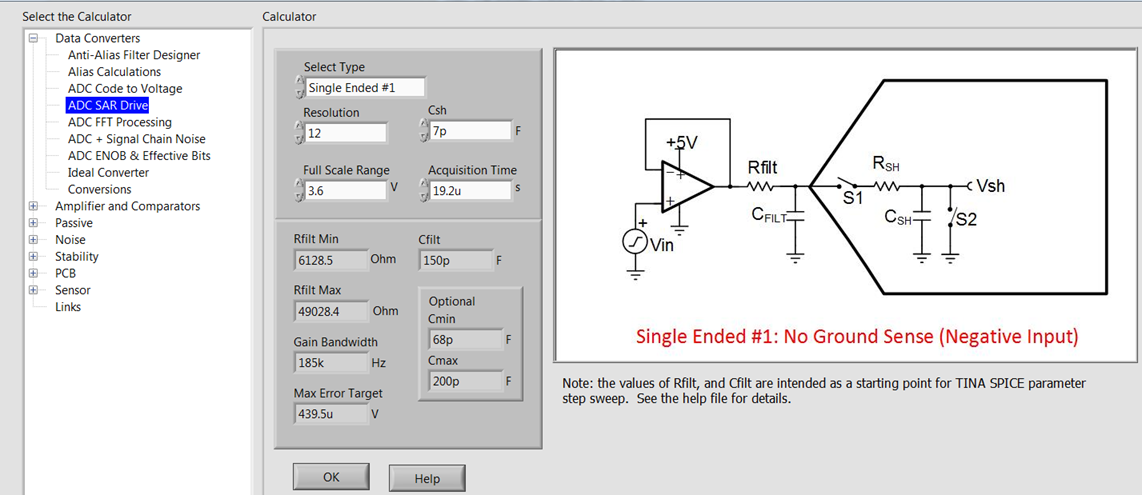Other Parts Discussed in Thread: LMP8645, LM324
Hi,
So the issue is that when measuring with the ADC the gain of the INA169 will change according to the sample and hold time. As I understand this has to do with the fact that the INA169 has a current output and its gain is controlled by the RL. RL impedance will change when sampling and thus the gain is not as predictable as it should. This is what I perceived. My design is an exact copy of the one showed in the datasheet. The ina output goes from RL directly into the ADC input. Also, I had a weird glitch when measuring with a multi-meter. After measuring the voltage across RL while in operation, the INA would change its gain. Even after shutting down the circuit the gain would remain higher than intended.


